The lack of traceability in the food supply chain has increased food insecurity across the globe. According to a report by the UN’s Food and Agriculture Organisation (FAO), over 1.3 billion tonnes of edible food are wasted yearly, valued at over USD 1 Trillion. Even more concerning is that over 828 million remain hungry daily, and over 9 million die from hunger and malnutrition yearly.
While COVID-19 escalated the problem of food insecurity across the globe, the recent tension between Russia and Ukraine – two of the largest producers of cereals, oilseeds, and fertilizers -also disrupted the global food supply chain. The problem of food wastage and insecurity is an alarming issue for countries across the globe. However, it is even more severe in the Middle East and North Africa (MENA) region.
The MENA region constitutes a population of over 493 million – around 6% of the world’s population, yet it accounts for 54.3 million – 12% of the world’s malnourished people. Several factors, like extreme climate conditions, economic uncertainty, and the international market, affect the agricultural and food production in the region.
However, the primary reason for the increasing food insecurity in the MENA region is the underdeveloped food transportation system, improper traceability and transparency, and dependency on imports and conventional agricultural methods.
Let us thoroughly examine the current landscape of MENA’s food industry, its associated problems, and how incorporating tech-driven solutions can curb the issue.
MENA Food Supply Chain Landscape & Problems Associated
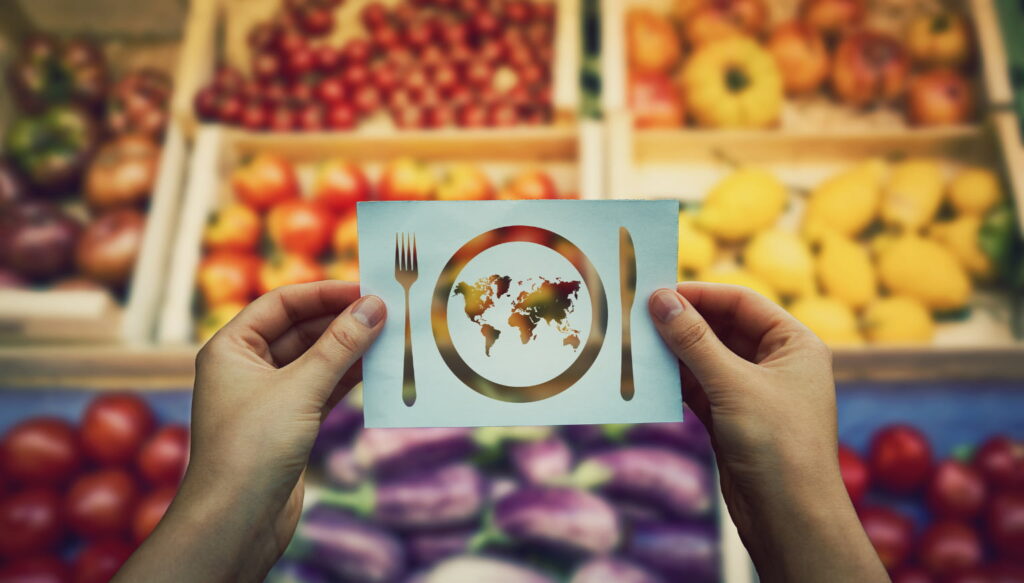
The countries in the MENA region are significantly impacted by the problem of food insecurity, food scarcity, and unsustainability. The state of Food Loss and Wastage (FLW) in MENA is also at its peak, with the region wasting over 250kgs of food per capita per year compared to 95kg/capita/year in Europe and 115kg/capita/year in the US. Consequently, the FAO declared the MENA region as one of the leading food wasters across the globe.
Hence, the current scenario of the MENA region’s food industry is concerning and demands serious measures for change.
However, uncertainty and improper regional governance schemes have also given rise to many problems. Some critical ones are:
- Food Loss and Waste: There has been a significant rise in the level of food loss and waste in the region. According to the Food Loss Index 2016-2020, the percentage of food loss in the North Africa & West Asia region increased from 11% in 2016 to 15% in 2020.
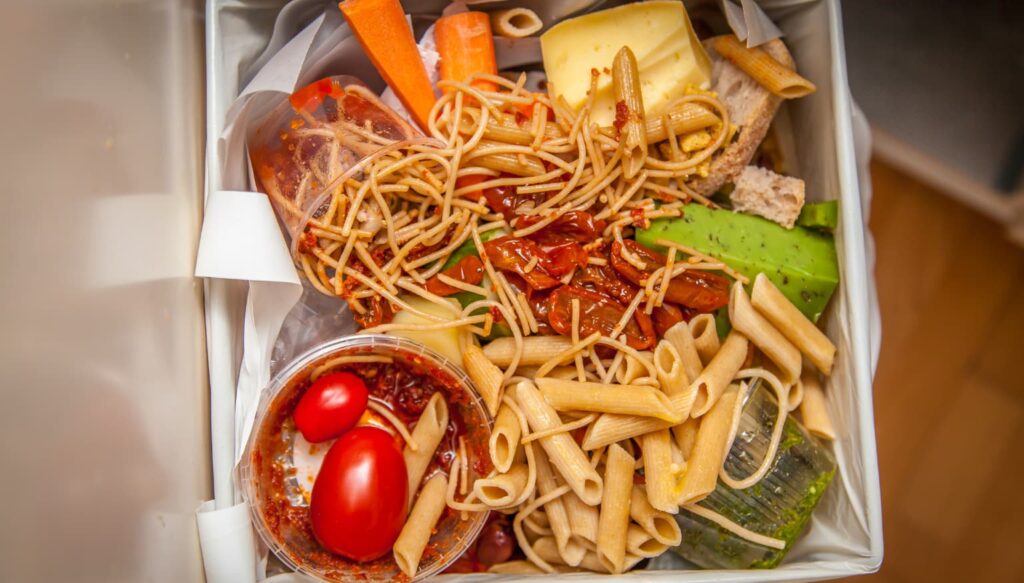
2. Economic Loss: The food loss in the MENA region is estimated at around 11 million tonnes a year, which costs a whopping USD 11 Billion to the MENA governments.
3. Malnutrition: As of 2022, there were over 53.9 million malnourished people in the MENA region – increasing over 55% from the count in 2010. Also, 1 out of every 5 children in the region suffered from malnutrition.
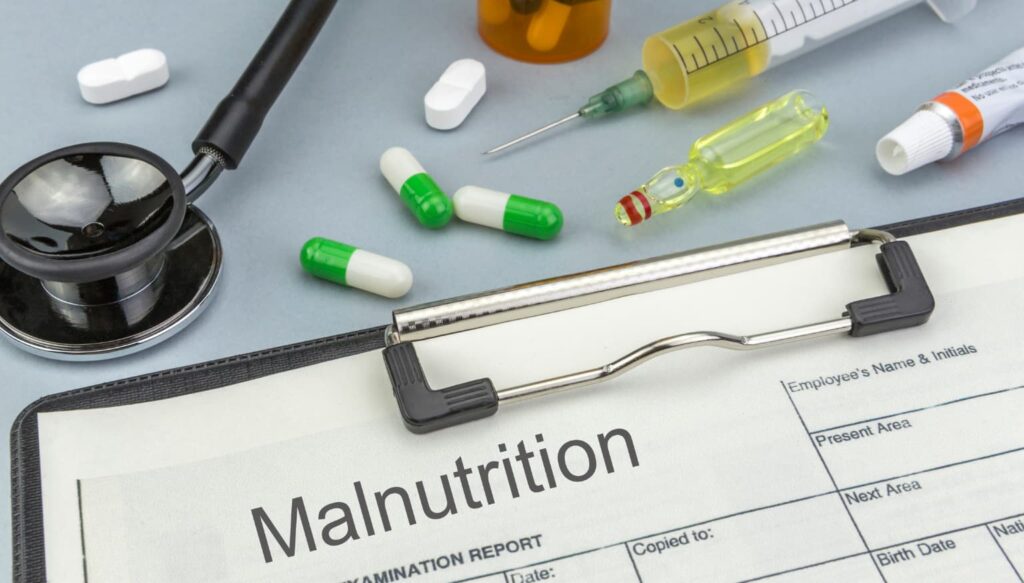
Primary Reasons Driving Food Insecurity in the MENA Region
Let us now have a look at some of the primary reasons driving food insecurity in the MENA region:

- Geographical Location: The MENA countries’ location is an inhibiting factor. Lack of arable lands, water scarcity, and extreme climate conditions make agriculture difficult in the region. As a result, MENA nations rely extensively on imports for most of their food products.
- Well-established Hospitality Culture: The MENA region, primarily its Gulf members, is known for its hospitality. However, this also leads to food waste as most hotels serve fresh products and discard even slightly older ones, labeling them low-quality. Furthermore, the waste levels increase during Ramadan and other festivities.
- Uncertainty in the International market: MENA nations heavily import cereals, oil seeds, fruit and nuts, dairy products, meat, and other food products from various countries. Therefore, in case of uncertainty like the recent Russia-Ukraine war, there are possibilities of price hikes and bans on imports leading to food insecurity.
- Lack of transparency and traceability: This is the biggest cause of food insecurity and unsustainable food production in the MENA region today. Conventional and underdeveloped monitoring and tracking systems need features like data analytics and blockchain-enabled traceability to meet today’s sustainability goals.
The Ultimate Need for Traceability & Transparency in Food Distribution Industry

Traceability in the food supply chain is the process of recording and tracking a food product through all the functions in the chain. It involves linking, documenting, and monitoring the food product’s production, processing, and distribution from farm to plate. Therefore, it is essential to incorporate traceability into food production to meet sustainability goals faster.
ADVANTAGES OF TRACEABILITY IN THE FOOD DISTRIBUTION CHAIN
Ensuring a traceable and transparent supply chain in food production can have numerous benefits:
- It can help in meeting consumer demands for food production transparency. Consumers today are concerned about the ingredients, quality, and transparency in the supply system to ensure they don’t buy any illegal, unethical, or defective products.
- It enhances the ability to identify, respond to, and prevent food safety issues. This is beneficial, especially for the government and companies, in identifying safety issues and isolating defective products. Thus, there are fewer chances of unnecessary recalls.
- It can help in supply-chain optimization and in minimizing food loss. A traceability system built with transformative technologies helps companies figure out defects quickly, accelerating product processing and reducing spoilage losses.
- It empowers small-scale farmers and producers with improved market insights and access to new services and resources.
Advanced Tech-driven Solutions for Enhanced Food Security in the MENA Region

Blockchain
Blockchain-enabled traceability reduces food waste by 1-4% with the help of features like immutability, security, and real-time tracking. Besides, blockchain permits customization, data visibility, and transparency among various stakeholders with a collaborative and open-source system.
Data Analytics
Big data and data analytics can help optimize operations and increase the efficiency of the supply chain. Data analytics help gain market insights and hence make sound decisions, which will help in loss reduction. Moreover, it enables features like ETA estimation, data collection, etc.
Cloud Integration
Cloud Integration is also an emerging capability that is popular but less well-known in the food distribution industry. It can help stakeholders, mainly warehouses and transportation companies, collaborate and securely store data.
IoT Devices
The Internet of Things, commonly called IoT devices, can help enhance traceability across the food distribution industry. Food-sensing machines at the production and processing level can help in the prior detection of quality and safety. Along with that, IoT devices can also be used for real-time supply chain transparency.
How Farm to Plate is Integrating Blockchain & Technology in Food Traceability
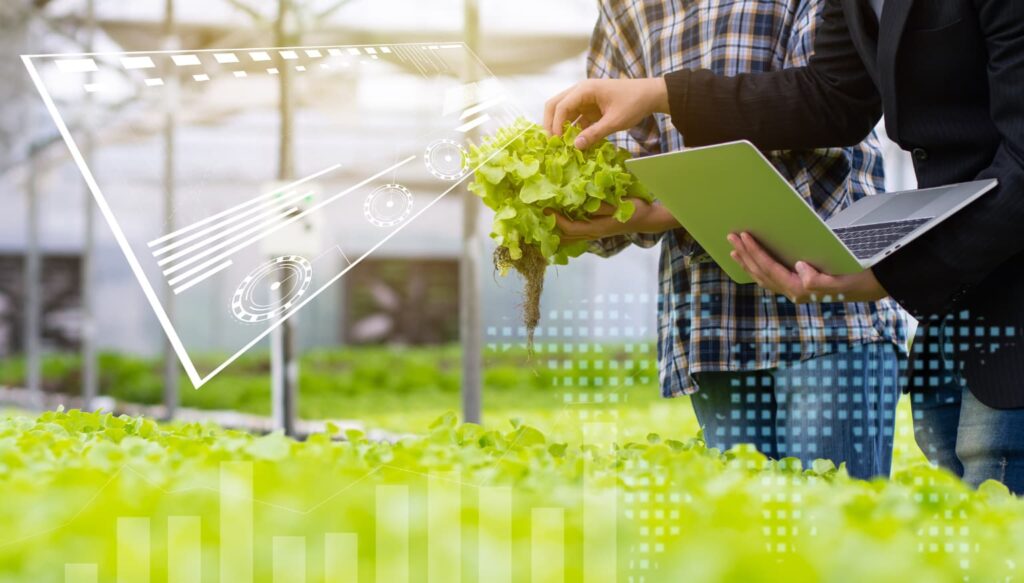
Farm to Plate is a blockchain-driven platform developed by an award-winning tech company in the USA, Paramount Software Solutions. The platform aims to provide immutability, security, and transparency to the producers, suppliers, retailers, and end users of the MENA region with the help of digital traceability solutions. It mainly uses blockchain-driven solutions integrated with sensors, IoT devices, and AI to help its users.
Hyperledger Fabric & Hyperledger Explorer
F2P uses Hyperledger Fabric, a blockchain platform for building permissioned networks for organizations. Being an open-source platform, Hyperledger Fabric offers customizability and interoperability to enterprises with existing traceability solutions.
Hyperledger Explorer is the web application for using the Farm to Plate platform. Explorer is also open-source, powerful, and convenient, like the underlying blockchain technology.
Some of the notable advantages of the platform are:
- Swift onboarding registration in just 3 minutes
- Easy transfer of data
- Multiple language support (Go, NodeJS, Java, Python)
- Data on a need-to-know basis
- Deterministic consensus algorithm
- Multi-cloud integration (Oracle, IBM, Google Cloud, MS Azure, AWS)
How F2P Works for Transportation Companies & Warehouses Apart from Farm Produces
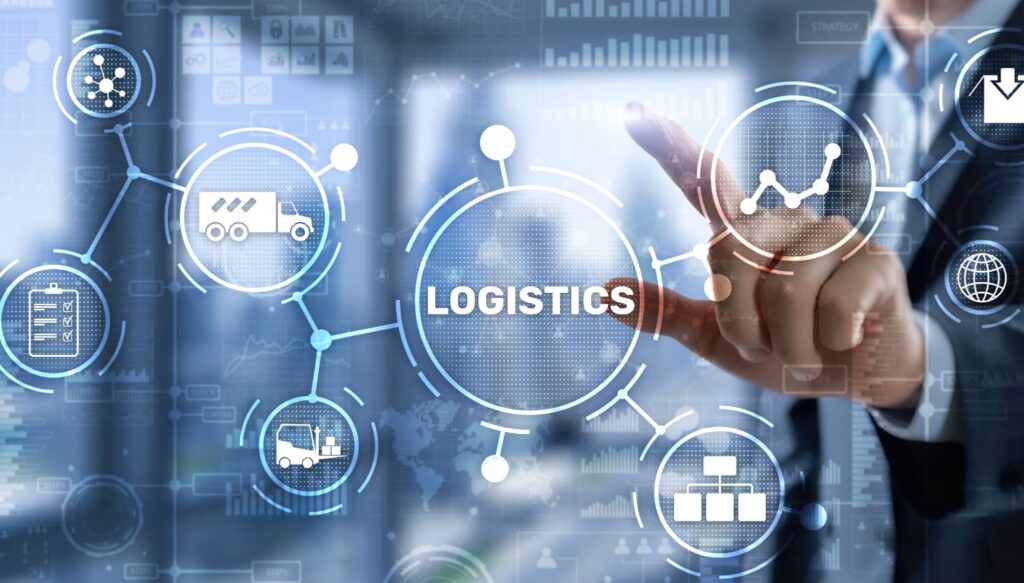
Farm to Plate helps transportation and warehouse companies achieve sustainability goals and build consumer trust with digital traceability solutions.
F2P for Transportation/Logistics
F2P helps transportation businesses send notifications and data related to delivery, delay, and transit status to other stakeholders like the manufacturer or the end consumer. Some features that logistics companies can use are:
- Real-time product tracking (ETA estimation, Shipping status, etc.)
- Data sets like time of loading, time of unloading, time of journey, etc., can be stored.
F2P for Warehouse Management
Warehouse companies can also utilize many features like:
- Immutable and transparent ledger with real-time transaction tracking
- Product traceability and visibility
- Collaboration with other stakeholders
- Inventory management
- Demand Forecasting – allows tracking consumer demands in real-time
Conclusion
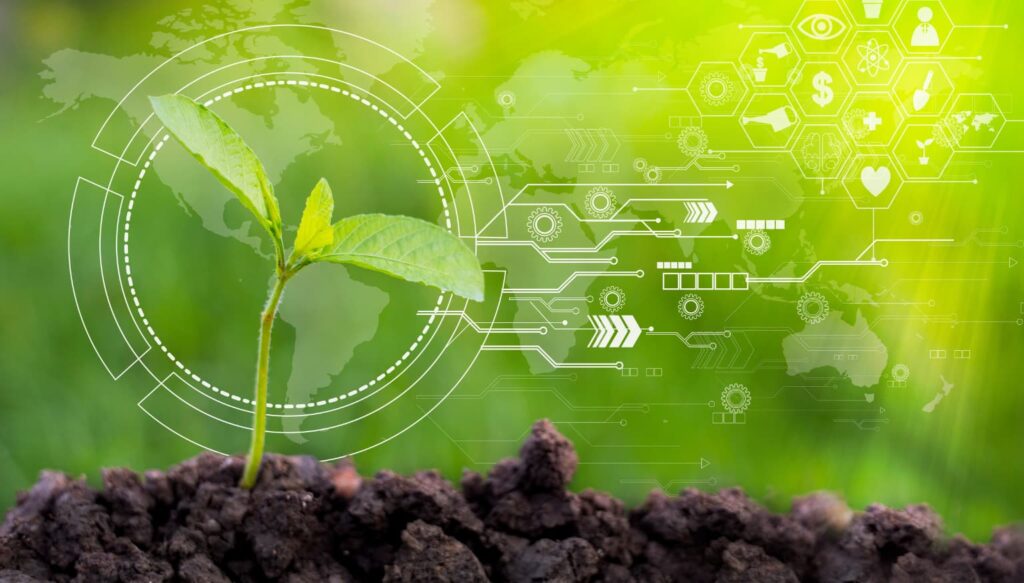
The MENA region has struggled with an unsustainable food supply chain for a while. Consequently, the region is home to a large number of under-nourished populations. The adverse weather conditions, unfavorable for most agricultural practices, and the overreliance on imports have worsened the situation.
This signifies the necessity for a sustainable and logistics system in the region to ensure the proper utilization of food production. Also, the MENA governments should participate in developing policies that focus on increasing internal production and cutting down the dependency on imports. In essence, they need to adopt tech-driven solutions for tackling the problem.
Farm to Plate is an early contestant in the sustainability market of MENA’s food supply chain, promoting transparency and traceability in the supply chain. F2P incorporates blockchain-driven solutions to help its stakeholders with features like immutability, real-time tracking, warehouse management, and much more. Moreover, F2P helps farmers/growers use data to predict weather conditions and implement the best agricultural measures to increase their yield.
Frequently Asked Questions
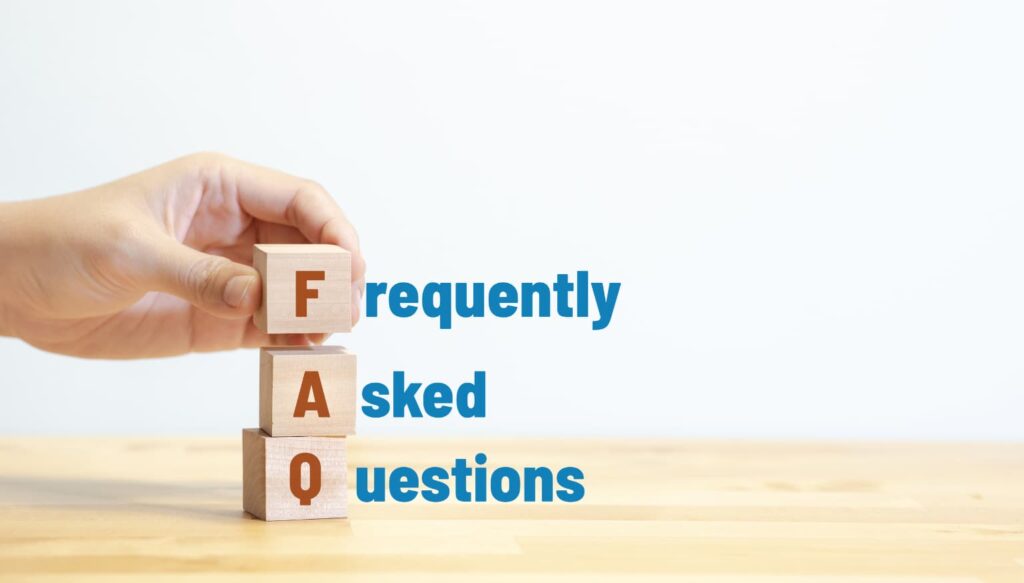
1. What are the critical challenges in MENA’s food supply chain industry?
Some of the critical challenges faced by the food supply chain industry in the MENA region are:
- Lack of sustainability in agriculture and food production
- Lack of proper food tracking and monitoring system
- Lack of traceability and transparency in the food supply chain
2. Why are traceability and transparency important in the food industry?
Traceability and transparency are crucial for a sustainable and secure food supply chain. Ensuring traceability and transparency in food distribution builds consumer trust by maintaining the quality and standard of the products. Along with that, it also helps in minimizing losses through strategic planning.
3. What is blockchain traceability?
Blockchain traceability refers to tracking and traceability on the blockchain network. A blockchain is a distributed ledger technology that records transactions occurring on it in the form of blocks. Blockchain-enabled traceability ensures transparency, security, and immutability in the transit of the product.
4. What types of products does Farm to Plate deal in?
Farm to Plate deals in all sorts of food and beverage products that involve a chain of processes. Not just fresh farm produce, but F2P deals with tea, coffee, grains, meat, wine, edible oils, and much more. Not just that, F2P offers customizable plans as well.
5. How does Farm to Plate help transportation companies and warehouses?Transportation companies can use F2P for sending notifications and alerts related to shipping, delivery, and delays. Hence, F2P helps transportation companies with building relations with end-users. F2P also helps warehouses and inventory owners in numerous ways. They can leverage technologies like immutable and distributed ledgers, real-time tracking, product traceability, visibility, and more.
Tanya A, Technical Content Writer & Marketer at farmtoplate.io (specialising in MENA Tech Landscape). She has been working towards crafting insightful content on topics like Blockchain, Agritech, AI and many more.
